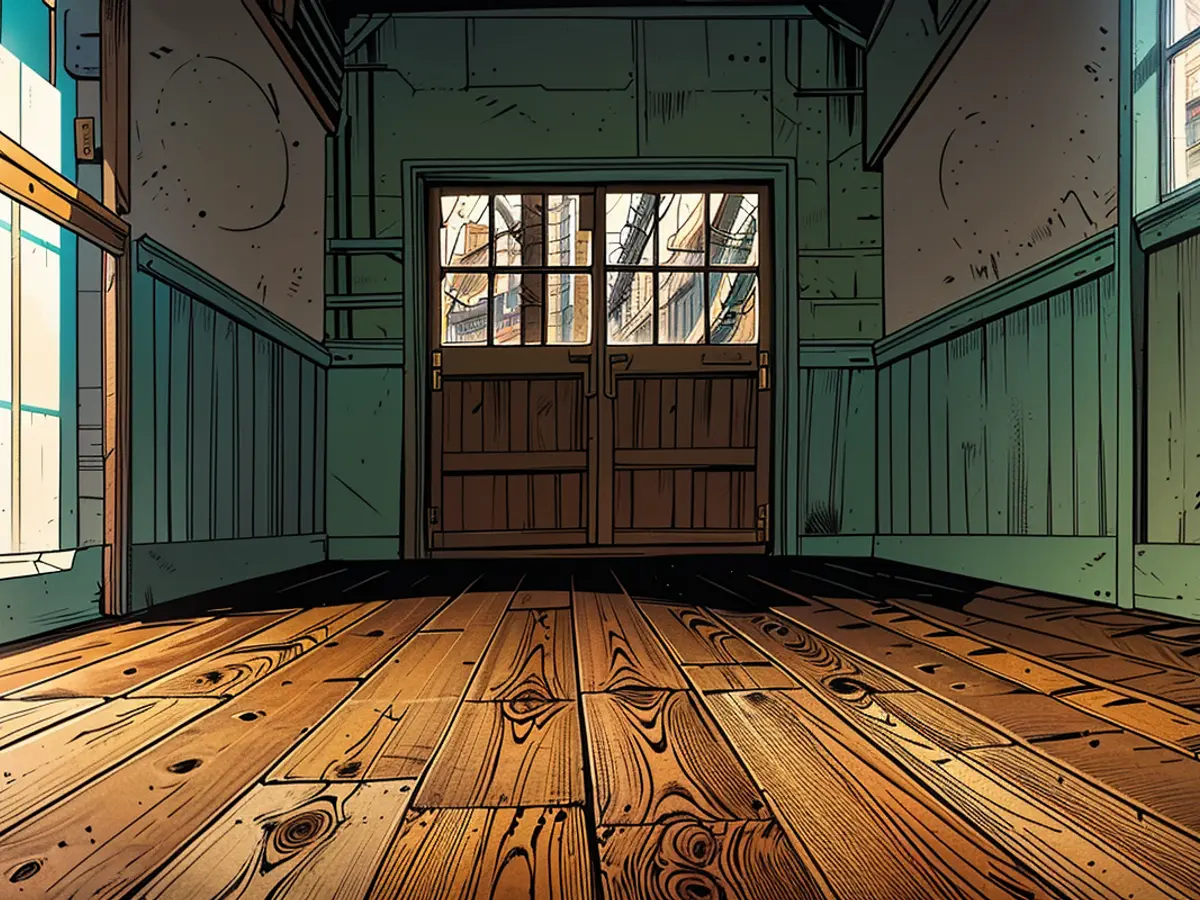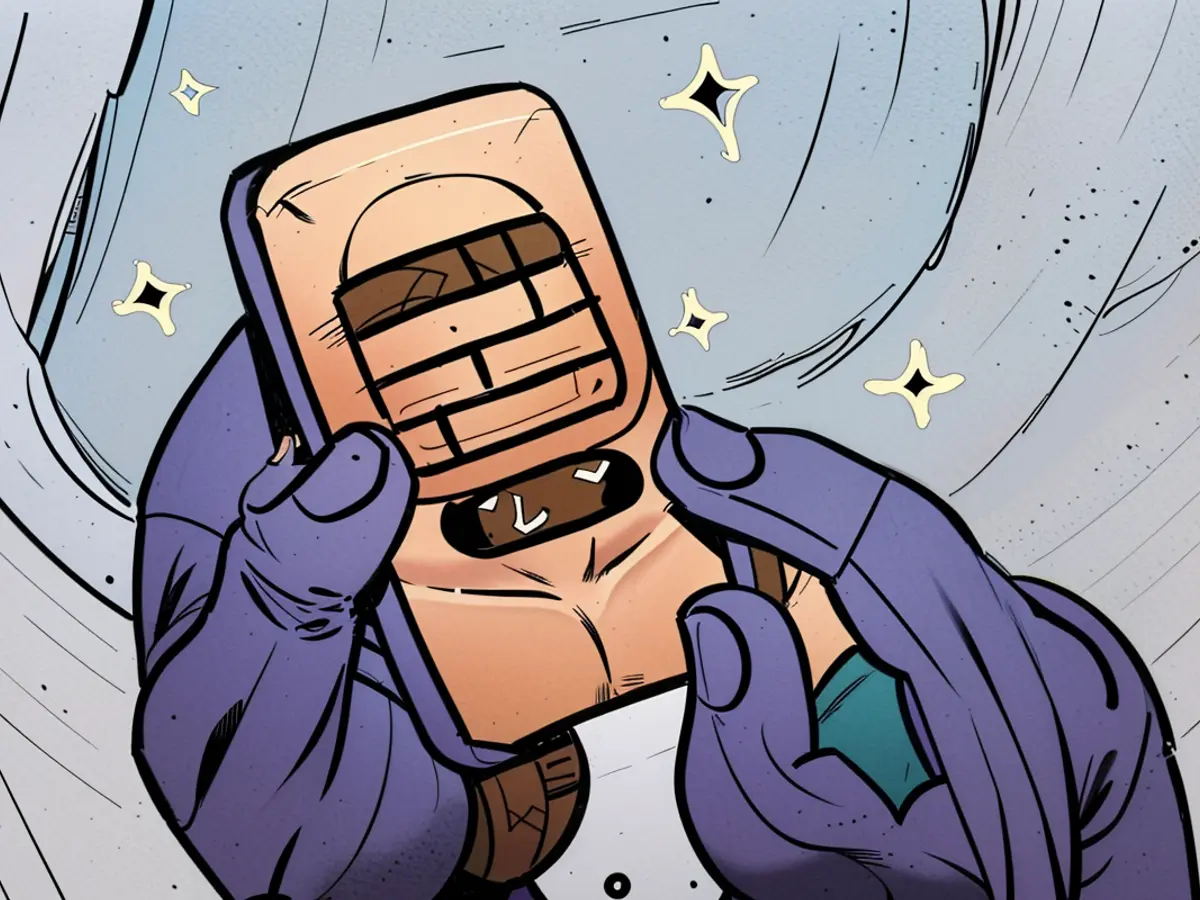Silencing Squeaky Floors in an Older Residence: A Step-by-Step Guide
Residing in a vintage house entails numerous unique aspects. Besides fascinating architectural features and textures of old, you also encounter characteristics that are less desirable, such as faulty foundations, minuscule wardrobes, and intermittent electricity. Creaks from old hardwood floors are one of these issues frequently referred to as "charm" or "character" by realtors.
Although these floors can trigger disruptions, particularly during late-night snack runs, they also have a propensity to make squeaking and cracking sounds regardless of anyone being active in the home. It's disconcerting because it can feel like someone is following you even though you're alone.
Fortunately, several methods can enable you to mitigate the problem and keep your floors silent.
The Cause of Creaks in Wood Floors
Over time, the attachments that fasten your subfloor to the joists or the hardware securing your flooring material in place can loosen. In older houses, the nails securing the installation may gradually retract, allowing the surface to move. If a space emerges between the floor joists and subfloor or between the subfloor and flooring material, the wood will often generate a rasping noise due to friction caused by footsteps.
Strategies for Halting Wooden Floors from Voicing Their Discontent
In an article for Realtor.com, Lisa Kaplan Gordon describes how squeaks occur. According to her, these sounds happen when a house gradually settles, and the wooden flooring naturally expands. Consequently, the floorboards rub against one another, or the subfloor, or the nail casings.
To resolve this annoyance, you must first locate the offending source (a task she suggests requires assistance from a companion). One person should go down to the floor below the noisy area while the other person walks on the squeaky floor. The person in the basement or ground floor should be able to estimate the location of the sound.
Now, you have multiple approaches to resolving this concern, dependent on your preferences for a short-term fix or more permanent arrangement, and whether you wish to tackle the problem from above or below.
Addressing the Issue from Beneath
Gordon suggests several ways to quell the rumbling beneath your feet:
- Apply construction adhesive or carpenter’s glue to a slim wooden shim. Then gently insert it between the joists and subfloor or two adjoining floorboards, ensuring not to pound too hard so as not to raise or buckle the floor.
- Consider using a caulking gun to inject construction adhesive between the subfloor and the joist when there's a more significant gap.
Solutions from the Top
Here are some measures to tackle the issue from above, as per Gordon:
- Disperse talcum powder into the squeaky gaps. Cover the area with a cloth or towel, then walk over it. The talcum powder works as a lubricant that prevents the friction creating the noise.
- Utilize ring-shank flooring nails or cement-covered flooring nails to secure the diverging floorboards.
- If the squeak results from the floorboards being distinct from the subfloor, drive two nails diagonally into the neighboring joist, inserting them into the subfloor's juxtaposing board.
Consider Reinforcing the Subfloor
The hardware attaching your subfloor to the joists can loosen over time. Consequently, the floorboards may slide apart, leading to creaks. If your floor's squeaks are a result of the subfloor moving against itself, you can explore additional options to stabilize the floor.
- If accessible from beneath in a basement, you can add a support or cleat to the underside of the subfloor boards. Cut a one-by-three or one-by-four to fit between the floor joists of the affected area. Then drill two pilot holes to either side of the board, use a pilot bit, and attach the cleat with short screws.
- If accessible, you can also endeavor to secure the adjoining subfloor board into the floor joist from above. Drill a pilot hole at an angle through the involved joist and the subfloor board, then utilize a two-inch screw to fasten them in place.
Experiment with Lubricating Neighboring Surfaces
Since the creaks occur due to neighboring boards rubbing each other, one remedy is to lubricate the spots where the panels rub. This is a temporary measure that requires recurring intervention. However, it's an expedient solution to resolve the issue.
- Apply some beeswax on the floor's cracks where the noise is emanating from. Moving back and forth over the spot will help distribute the beeswax. Keep doing this until you feel the beeswax has seeped into the crack. Once done, there shouldn't be any squeaking sound.
- If your floor is made of engineered wood or vinyl and isn't firmly attached to the surface underneath, using a floor lubricant would be the wise choice to address the issue. If you choose this method, make sure to apply the lubricant only on the problem area.
Read also:
After experiencing the disruptive sounds of creaky floors, you might be wondering how to fix this issue in your home. Addressing the problem can help you enjoy quieter late-night snack runs and alleviate the feeling of being followed despite being alone.
Fortunately, there are various methods to silence these noisy floors, including applying construction adhesive or carpenter's glue to a wooden shim from below, dispersing talcum powder into the squeaky gaps as a lubricant from above, or even reinforcing the subfloor with additional support.








